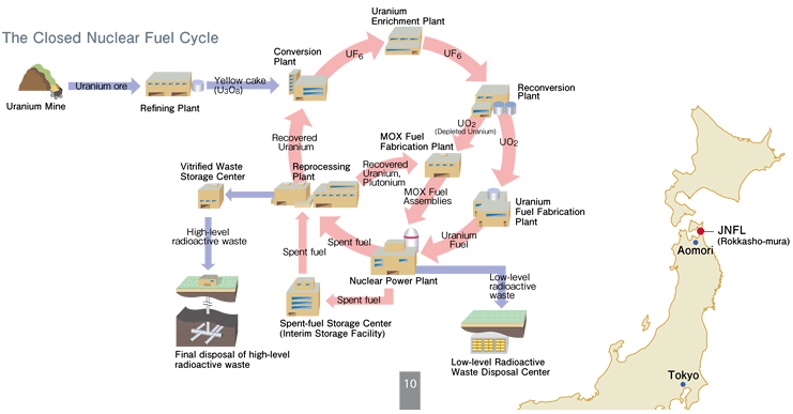As Japan’s nuclear power industry faces a rebirth after nearly a decade of dormancy, nuclear waste disposal is now a priority issue. There are roughly 19,000 metric tons of radioactive material stored on-site at power plants across Japan, accounting for 80% of capacity. Finding a solution is not just a matter of safety – there are politics involved.
No one is as deeply embroiled in the drama as Kansai Electric (KEPCO). It is Japan’s largest nuclear power operator and the most reliant utility on the atom for electricity. Worse, it has made a commitment to the prefecture that houses all of its nuclear stations to relocate all of its nuclear waste elsewhere. That’s a promise that KEPCO is finding harder and harder to keep as a key deadline approaches.
Within the next six weeks, KEPCO must decide on at least an “interim” storage site that can accommodate its spent nuclear fuel for several decades (before it can move to a final waste depository deep underground). Should it fail to do so, then three of KEPCO’s reactors are at risk of being asked to shut down. While that’s unlikely in the middle of winter’s peak energy demand season, there’s certainly a sense of urgency among KEPCO top management.
Recently, reports have surfaced that the company has identified potentially suitable sites for an interim solution, followed by vaguely positive government comments. But there’s nothing official, as yet. Local government officials, no matter how sympathetic, will lose face should they allow KEPCO to ignore its own 2023 deadline to present a plan for removing the waste from Fukui Pref.
What happens to KEPCO will have an impact on the nuclear sector nationwide.
Image source: The Federation of Electric Power Companies in Japan (FEPC)

